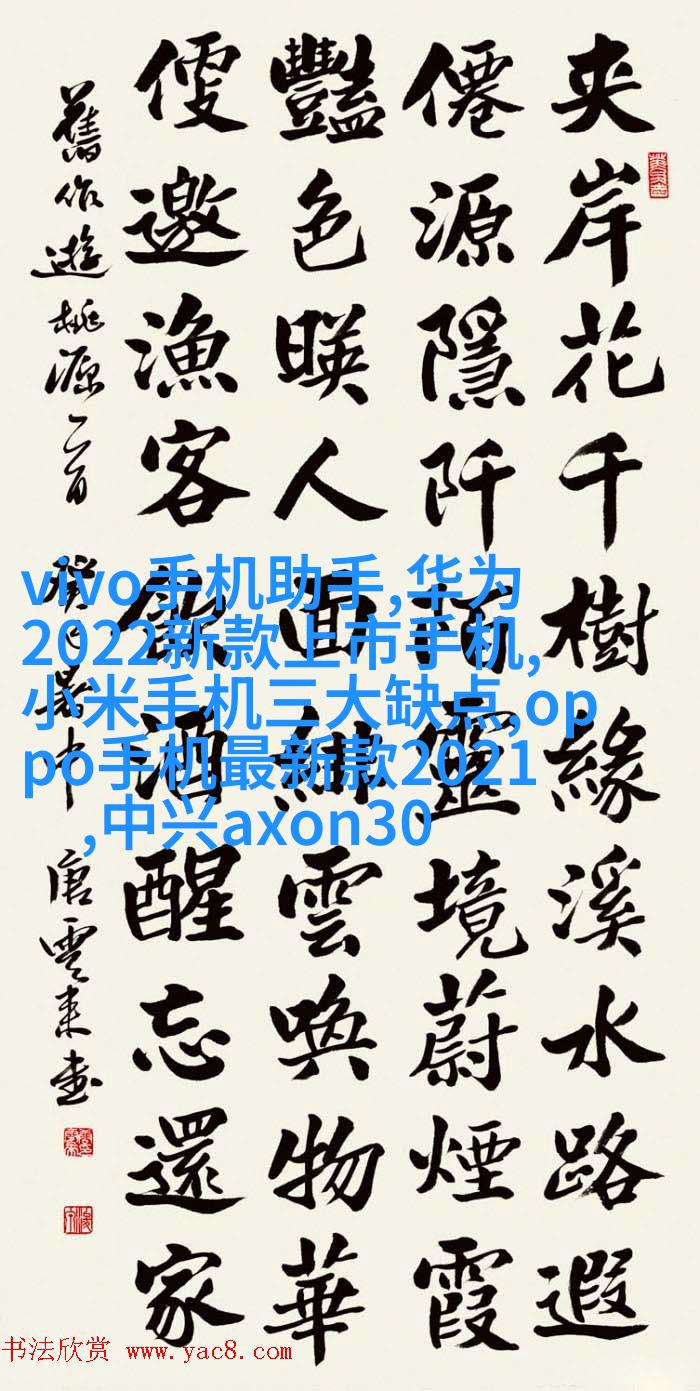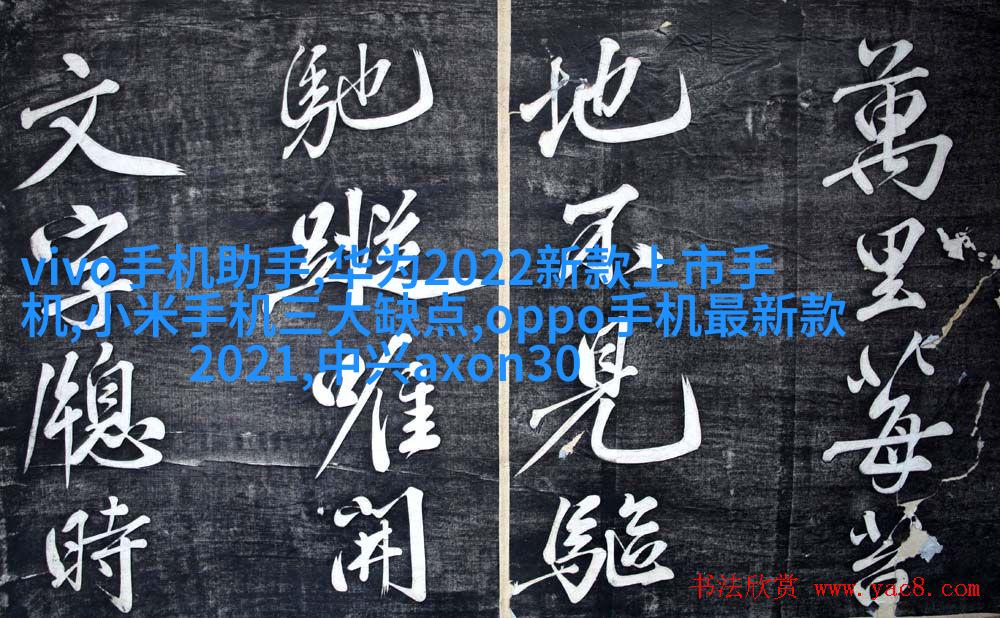树皮和塑料等其他替代品对比为什么选择使用树胶作为生产地面覆蓋用的主要原因是什麼
在当今的建筑材料市场中,各种各样的材料竞相出现在人们的视线之中。从传统的砖混凝土到现代化的复合材料,每一种都有其独特的优点和适用场景。在众多选项中,树脂井盖因其独特性质而备受关注。然而,有些人可能会好奇,在众多替代品如树皮、塑料等面前,为什么还要选择使用树胶作为生产地面覆盖用的主要原因是什么?这篇文章将探讨这些问题,并给出答案。

首先,我们需要了解什么是树脂井盖。简单来说,它是一种用于封闭或保护开口的地面覆盖物,以防止小动物进入地下管道或避免潜在安全隐患,如陷阱或下水道破裂造成的人身伤害。这种产品通常由聚氨酯(PU)、环氧樹脂(EP)或者丙烯酸樹脂(PA)等高性能樹膠制成,这些材料具有极强的耐磨性、高柔韧性以及良好的化学稳定性。
接下来,让我们来比较一下与树脂井盖相近但不同材质的地面覆盖物,如木制品、石材、金属板等,以及更为常见且经济实惠的大量可塑性的塑料产品。这些产品虽然价格较低,但它们在耐用度方面往往不如高质量的树脂材料所能达到的水平。这意味着频繁维护和更换成本远高于最初投资本身。而且,由于环境变化导致外观老化,大多数自然界中的木制品和石材都会变得脆弱,从而降低了它们作为长期解决方案的地位。

另一方面,对于那些寻求最终效果更加持久且能够抵抗恶劣天气影响的人来说,采用塑料或金属板作为地面的铺设方法也是一个吸引人的选择。但是,这类产品并不具备足够的弹性以承受不同温度下的膨胀与收缩,而这对于保持整体结构完整至关重要。此外,与植物生物基涂层相比,它们缺乏某些必要功能,比如自我修复能力,使得他们无法像植物生物基涂层那样持续提供优越性能。
那么,为何又会有人考虑采用大规模可塑性的不可溶性固体——即聚苯乙烯(PS),也就是我们常说的“普通”塑料?虽然这个决定似乎简洁直接,但是它忽略了许多关键细节。在处理过程中,PS容易产生微粒污染,因为它难以完全分解,而且由于其物理属性,其生命期非常短暂,即使被再利用也只能重复进行几次循环,最终仍然会成为垃圾填埋场中的垃圾。当你考虑到长期成本时,你可能发现PS并不是最佳投资回报率最高的一个选择。如果你想要做出真正负责任的一步,那么寻找一种可以轻松回收并重新利用无害化处理后的材料才是明智之举。

最后,让我们回到我们的主题:为什么应该选用.tree resin as the primary material for ground coverings? 在考察所有上述因素后,我们可以看到,不同类型的地面覆盖物各有利弊,而tree resin products offer a unique combination of properties that make them stand out. The most compelling argument in favor of tree resin is its ability to provide long-lasting, durable protection without compromising on aesthetics or environmental impact.
Tree resin-based ground coverings are available in a wide range of colors and designs, ensuring they can seamlessly blend into any environment while providing optimal functionality. Moreover, the raw materials used to produce these products are biodegradable and non-toxic, making them an eco-friendly choice compared to other options such as plastic or metal.

In conclusion, when it comes to choosing the right material for your ground covering needs, tree resin stands out from the rest due to its superior performance characteristics and environmental benefits. By considering all factors mentioned above, we can see why tree resin should be considered as the primary material for ground coverings over alternatives like wood or stone which may not last long enough or require constant maintenance; over plastics which lack durability and flexibility; over metals which fail at withstanding temperature fluctuations; and even over biodegradable materials like PS because they cannot be easily recycled back into their original form.
The advantages offered by tree-resin based solutions make them an attractive choice for those seeking both functional longevity and sustainable practices in building design. When selecting materials for your project’s ground coverage requirements consider not only initial costs but also potential future expenses related to maintenance work done on existing structures – opt for durability!
